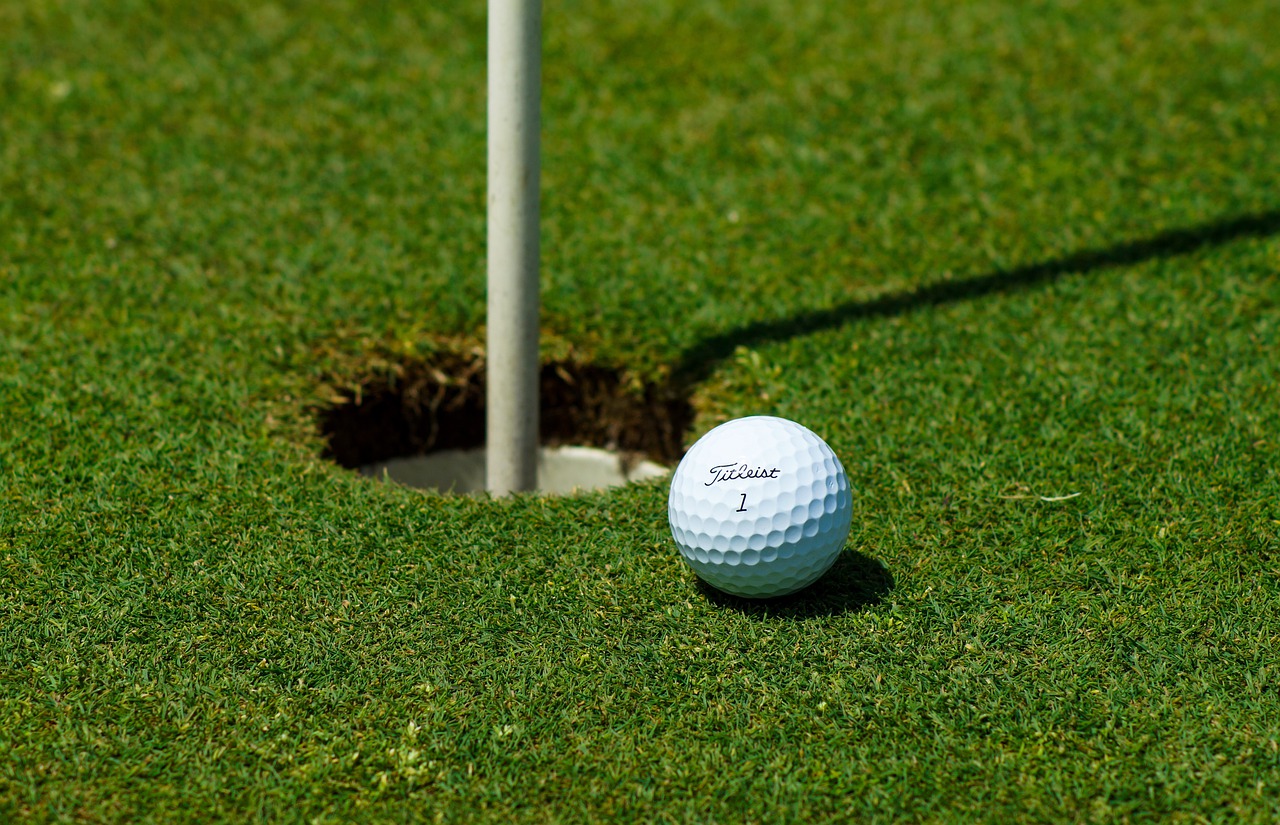Every sport has its respective pinnacle of one-shot physical excellence. We’re not talking about the satisfaction of winning a championship or the totality of a season-long performance. Just a single showing of individual greatness.
In basketball, being able to elevate so high off the ground with some combination of speed and grace, and then slam home a dunk is quite the status symbol. The same goes for a baseball player who can somehow process and react to a baseball coming at him at dangerous speeds well enough to launch a home run.
A hole-in-one represents that same standard for golfers everywhere but on a completely different level. Because while you can work to increase your vertical leap to get near the rim or improve your strength and hand-eye coordination to launch a 400-foot bomb, hitting a hole-in-one presents a lot more complexities that increase its difficulty, thus making it perhaps the most impressive, singular feat in all of sports.
 Consider the challenge in a vacuum: The idea of hitting a ball less than two inches wide in diameter into a hole less than five inches wide is pretty difficult when standing on the green with a putter. Now do so from at least 100 yards out, which tests your strength before even considering your precision.
Consider the challenge in a vacuum: The idea of hitting a ball less than two inches wide in diameter into a hole less than five inches wide is pretty difficult when standing on the green with a putter. Now do so from at least 100 yards out, which tests your strength before even considering your precision.
Now think of how the weather comes into play, specifically the wind. A slight 5 mph breeze might not feel like a significant difference-maker, but when that ball is ripping through the air, it’s more than enough to move the ball off its course in ways you have no control over, no matter how on-target your shot originally felt. And the farther your shot is, the more the wind is in control.
The weather itself can affect the odds as well, specifically when the temperature drops.
“When the golf ball gets colder, it can lose a few miles per hour in ball speed, which can mean distance loss due to speed,” explained Dean Snell, a plastic engineer and golf ball designer, back in 2013. “At 40-degree temps, the ball can slow down and be shorter by 5 to 10 yards. But the balls are not 40 degrees when played. It takes a while for them to completely get to 40.”
All these factors combine to make the hole-in-one a near-impossible feat for even pro golfers who boast odds of roughly 2,500-3,000 to 1.
The odds of a hole-in-one for someone who hasn’t dedicated their entire life to the sport climbs to 12,500 to 1. According to the National Weather Service, you have a better chance of getting struck by lightning at 12,000 to 1 odds.
It’s a tough mountain to climb for all, but improbability has been at the root of so many great moments across all sports. If you’re adamant about overcoming these odds, repetition is clearly necessary. After that, the results are really anyone’s guess.
Photo Credit: Google Creative Common Licenses




